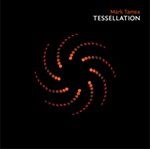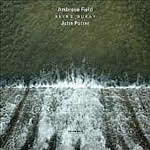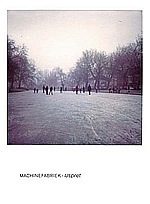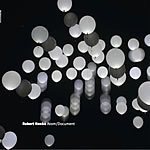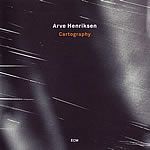The Sounds of Spellborn
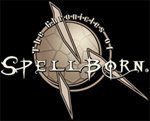
There are quite a few ways to listen to ambient / environmental sounds. Apart from buying CD’s and finding new musical releases, you can listen to the sound of your own environment. Take a walk and open your ears to the sounds you don’t normally hear.
Or: play a computer game.
A few years ago, the creators of Myst were praised for the use of sound in their game. They hád to pay attention to detail, because the game was a sequence of beautiful but non-moving images (can you imagine that nowadays?).
Currently, games tend to be almost lifelike experiences. Not only in graphic detail, but also in sound.
There may be quite a lot more people listening to ‘ambient music’ on daily bases, maybe even without realising it.
The MMORPG (Massive Multiplayer Online Role Playing Game) The Chronicles of Spellborn comes with almost 20 hours of sound.
About one hour of that is ‘composed’ soundtrack music (written by Jesper Kyd), the rest is environmental sound enhanced with ambient musical effects (created by Matthew Florianz).



